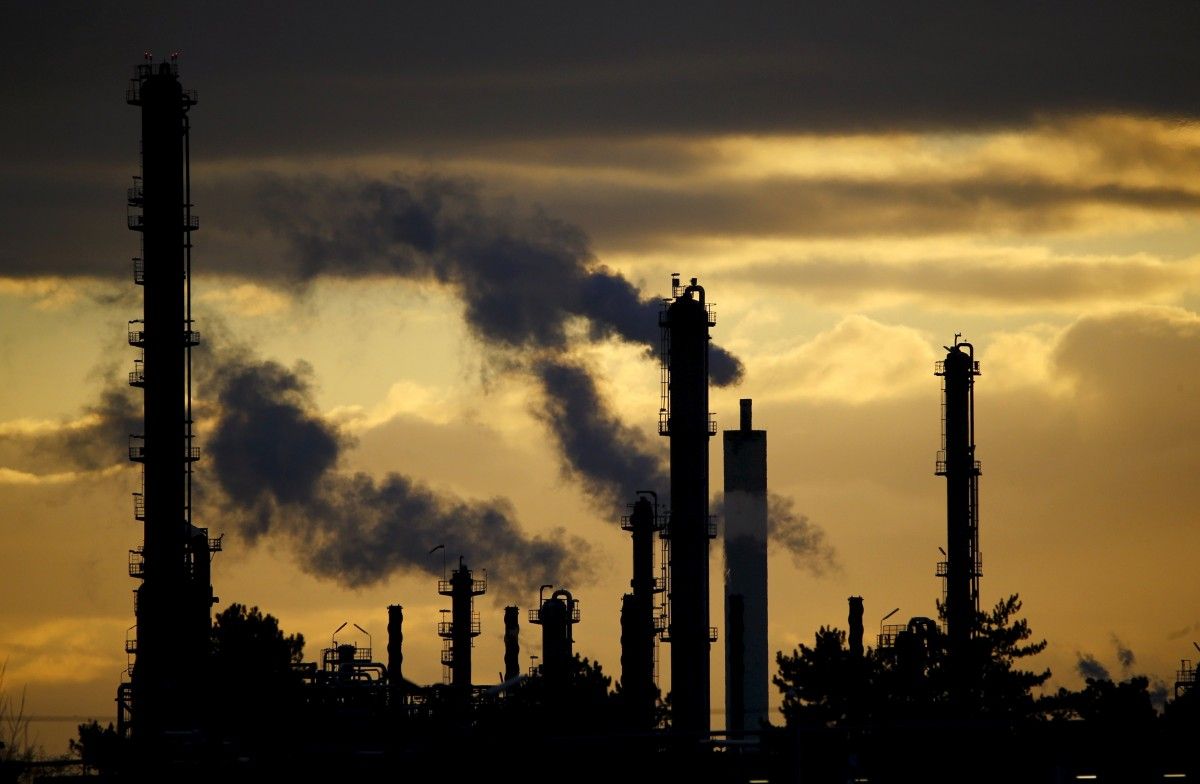
The threat is not just hypothetical. On February 24, a stray artillery shell hit the Donetsk Filter Station's chlorine gas depot, which stores around 7,000kg of the gas, express.co.uk reported.
Fortunately, none of the storage units were damaged.
Before conflict broke out in the area three years ago, Donbas region in the country was home to 5,300 operational industrial enterprises, although not all of those will have been processing hazardous materials.
Robert Amsterdam, Russian political expert and lawyer at international law firm Amsterdam & Partners, said: "If one of those uncontrolled sites containing chemicals were to detonate, tens of thousands of people could be poisoned. It is a potential disaster on the scale of Chornobyl."
Rudy Richardson, Professor of toxicology at the University of Michigan backed up that view. He said: "In a situation like this, where a war zone is near a concentration of industrial facilities where toxic and explosive chemicals are manufactured and stored, it is possible that massive releases of toxic chemicals could be released."
"And that would result in high levels of civilian casualties."
Read alsoUN warns of possible threat of chemical disaster in eastern UkraineThe United Nations Special Rapporteur on human rights and hazardous substances Basket Tuncak indicated that damage to just one chlorine-filled, 2,000-pound container has the potential to kill anyone within a 600-foot distance and poses dire health risks to the tens of thousands of surrounding residents.
In case of extensive damage, people living within 4.5 miles downwind of the facility would need to be moved away within 24 hours.
Mr. Tuncak told the UN: "Large chemical and industrial facilities are in areas where fighting is ongoing."
"Battles are now being fought in cities, close to industrial centers with factories increasingly at risk of being hit: The consequences for anyone living close by would be severe."
He added: "All parties to the conflict need to be aware of the risks that continuous insecurity brings, including for a chemical disaster. Ultimately, it is about ensuring that all precautions are being taken to prevent such catastrophe to occur, and mainly for the fighting to stop."
John Gilbert, a senior science fellow with the Centre for Arms Control and Non-Proliferation's Chemical and Biological Arms Control Working Group – who previously conducted inspections in Russia and the Ukraine as a U.S. military officer – concurred that a chlorine release would result in significant injuries and would be fatal to most. He also said that steps should be put in place now to minimize potential fallout.
"The fact that there are many large industrial facilities and water treatment plants in the conflict zone is cause for concern. Ensuring that workers in the vicinity of toxic stockpiles have immediate access to protective equipment (such as masks) is important."
Mr. Gilbert also cautioned that safety equipment is both costly and requires training to don and wear properly, in addition to having a limited shelf life.
He added: "Collateral – or even intentional – chemical casualties from the Ukraine conflict is a real possibility."
Mr. Gilbert stressed that there are precautions that industrial facilities can take, such as dispersing chemical storage containers rather than clustering them and looking at outside storage rather than inside a building. However, it is unknown if any such precautions are being implemented.
James Kirchick, author of The End of Europe, said: "Russian forces have been accused of using chemical weapons in the Ukraine already, during the 2015 battle over the Donetsk airport in which 80 Ukrainian soldiers showed symptoms of being exposed to nerve agents."
"The Ukraine transferred its chemical weapons stockpiles to Russia after the collapse of the Soviet Union, and is not known to be in possession of any chemical weapons while Russia maintains stockpiles of VR, Sarin and mustard gas."
The Chornobyl (Chernobyl in Russian) nuclear disaster occurred on April 26, 1986 and is one of only two level seven nuclear accidents, the other being in Fukushima.
The initial graphite 'fire' blast killed two people at the time with a further 29 later dying due to acute radiation syndrome.
The long-term effects of the disaster are still being assessed.

